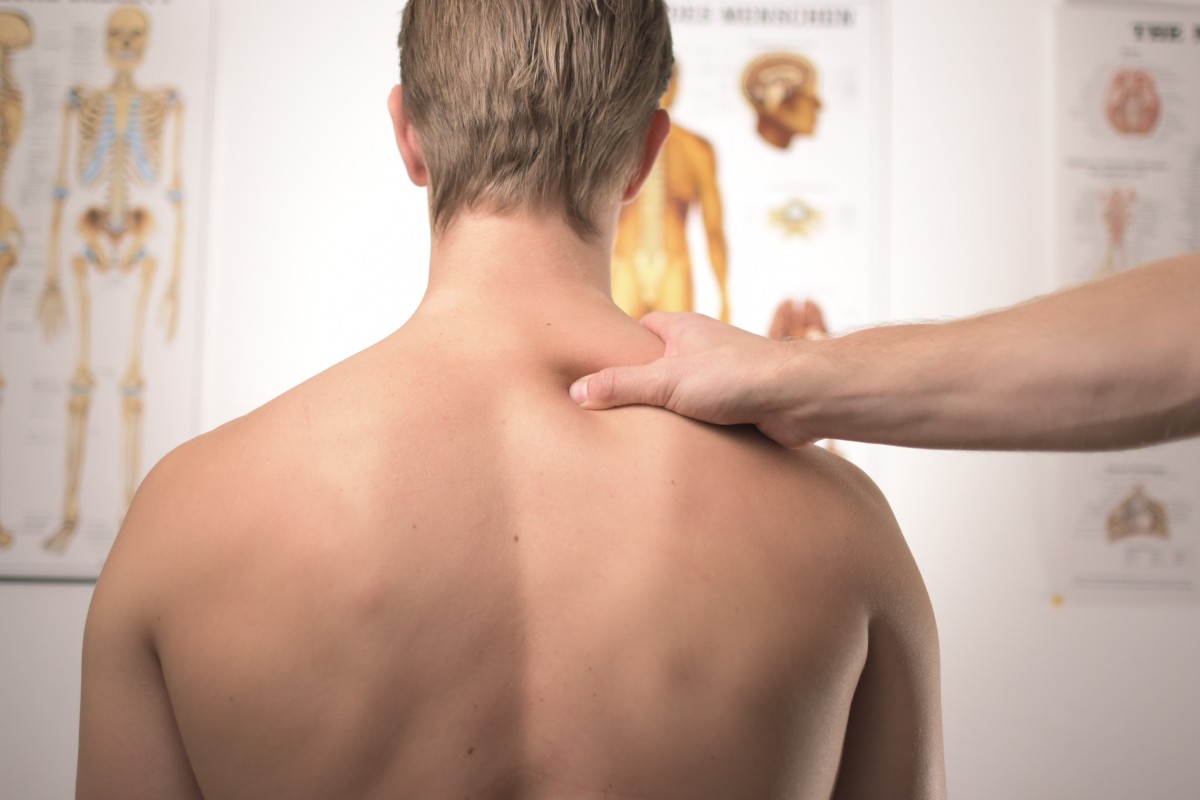I recently discovered a research paper from Thailand published in the Journal of Physical Therapy Science that researched the effect that spinal manipulation of the thoracic spine (mid back) has on chronic neck symptoms. After finding this article I delved a bit deeper, looking into other similar articles about this topic, mostly to give myself some background by which to write this article in a more informed context. I was surprised to see there has been a great deal of research performed over the last 20 years which has focused on the relationship between the mid back and the neck. I won’t individually reference all of these articles as the referencing will bog down the purpose of this article which is to provide the public with valid and interesting facts about their spine.
Neck pain is one of the most common health problems in the general population, particularly among people of working age. The prevalence of neck pain has generally been reported to be approximately 50% for workers.
There are 2 very similar studies I will be reviewing today, the first is a study conducted in Thailand and published in the journal of Physical Therapy Science in 20131. 39 patients with chronic mechanical neck pain where evaluated to see whether a manipulation in their mid-back (T6/7) decreased their neck pain and increased the range of movement of their neck. Subjects included in this study had a variety of neck pain, including pain on the left and right or both, pain in the back of the neck and shoulder region, and pain which was brought on by neck movement or fingertip pressure. These are the same types of symptoms that we see in practice every day.
Each of the 39 subjects had their neck pain measured on a scale of 1-10 and their range of movement was measured. The subjects were then randomly assigned to receive a single manipulation (audible crack) at T6/7 or single mid thoracic mobilisation (no audible crack) at T6/7 or to rest in a face down position (the control group). Comparisons were then made between theses three groups.
The results of the study found that the subject’s pain at rest improved and their neck range of motion in all directions after single thoracic manipulation improved significantly. Additionally, a single thoracic mobilization also significantly reduced pain levels at rest and increased neck range of motion in all directions except extension in comparison with a control group. Importantly these effects were observed both immediately and 24 hours after intervention.
The findings of this study are in line with other studies as well. The second study I will briefly review was published in Neuropsychiatric Disease and Treatment in 20152. In this article 49 subjects with chronic neck pain where also split into 3 groups. One group received a single mid thoracic manipulation T6/7, another group received a manipulation at multiple levels of the mid back as decided by the treating practitioner and the third group received no treatment, as in the previous study. Similarly each of the 49 subjects had their neck pain measured on a scale of 1-10 and their range of movement was measured.
The results of this study were comparable to the previous one. In this study pain at rest in patients with chronic mechanical neck pain were significantly decreased at both 24 hours and 1 week after a single manipulation and multiple manipulations in comparison to the controls. The range of motion of the subject’s neck improved significantly in both manipulation groups over the controls.
These 2 similar studies indicate that patients with chronic neck pain experience an immediate significant decrease in pain at rest after receiving thoracic manipulation and mobilization as well as an increase in their neck range of motion. These benefits also appear to last at least 24 hours after treatment has been applied and appear to work whether a single manipulation or multiple manipulations are performed.
This research is important to us in Chiropractic. Daily, Chiropractors treat patients with chronic neck pain and daily we see the benefits described above in clinical practice by using manipulation and mobilisation techniques. It’s easy for chronic pain sufferers to believe that there is no solution to their problem, especially if they have tried other forms of therapy to no avail. It is also common for patients to be concerned about having their neck treated when it has been causing them problems for many years. This research demonstrates not only can manipulation and mobilisation reduce chronic neck pain an increase movement but also it doesn’t have to be done by directing force toward the neck. Specifically it can be done by treating other areas of the body that the patient may be more comfortable with, in this case the mid back. Understandably people can be concerned about having their necks manipulated, in practice this is the one region that we find people can be wary about receiving treatment, maybe they feel vulnerable or maybe they have seen to many ninja movies that imply how easy it is to break someone’s neck. Either way in practice Chiropractors have a variety of treatment options at our disposal.
This is just the tip of the iceberg but I do hope this article helps the reader understand there are benefits to manipulation and mobilisation for the treatment of chronic neck pain and these benefits are supported by high quality peer reviewed research.
- Thavatchai Suvarnnato et al. The Effects of Thoracic Manipulation Versus Mobilization for Chronic Neck Pain: a Randomized Controlled Trial Pilot Study. J Phys Ther Sci. 2013 Jul; 25(7): 865–871.
- Rungthip Puntumetakul et al. Acute effects of single and multiple level thoracic manipulations on chronic mechanical neck pain: a randomized controlled trial. Neuropsychiatr Dis Treat. 2015; 11: 137–144.
